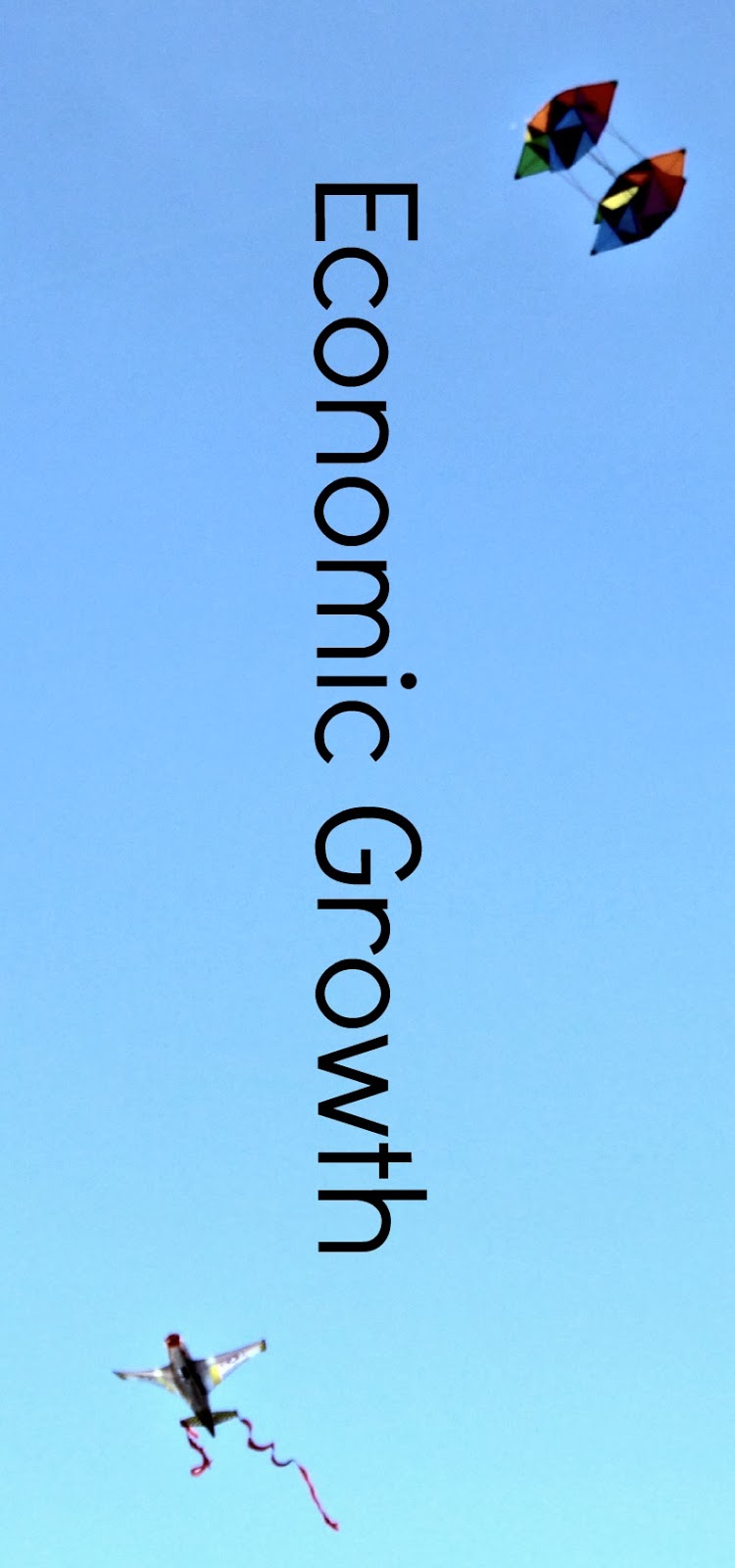International competitiveness doesn’t exist in a vacuum.
There are many components such as the internal clusters, national methodology,
and the cultural grouping of countries to consider. A paper by Yu-Jen and
Hsiao-Fong helps to develop higher levels of understanding of how these factors
work together to raise the development properties of a nation (2012). Their
work focuses on combining the Flying Geese Theory and The Diamond Model to
develop a more holistic framework.
Flying
Geese Theory: The
theory was developed by Japanese economist Akamatsu Kaname to categorize
countries into leading nations, middle countries, and follower countries (1962).
Less advanced countries will attempt to move up in the V pattern but may fall
backwards based upon their abilities. The pattern is not set. Countries that
adapt new technologies, higher skilled labor, better structures, and greater
education will lead the flock.
The
Diamond Model: The
Diamond model was developed by Michael Porter (1990) to explain how countries
become more competitive. He looked at clusters and history of development. His
analysis took into account Factor Conditions, Demand Conditions,
Related/Supporting Industries, Firm Development, Government and Chance. The
factors work together to create a type of diamond pattern.
Both theories have their limitations and therefore
do not do well in isolation describing concepts of a country in an
international market. The Diamond Model can be seen as inner clustered workings
of a country while the Flying Geese Theory can be seen as a country working
within an international environment. Clusters help create the competitive
nature of the country and like geese they jockey with related countries for
position.
The Kite Model seeks to integrate the Diamond and
Flying Geese approaches into a more comprehensive framework. A country that
develops must compete with others within their group for more influence and
access to resources. The Kite Model has the following components:
Frame:
Support the kite through infrastructure and human capital.
Wings:
The balance of forces that include international ties and domestic endowments.
Tail:
The fundamental aspects of an economy that allow the economy to rise. This includes
government efficiency, law, regulation, political stability, capital formation,
investment, ideology, policies etc.
String:
The guiding force of government that encourages movement in a particular
direction.
The largest benefit of the Kite Model is that it
doesn’t leave a large gap in the analysis. Clusters, internal/external factors,
and the cultural groupings of countries do have an impact on overall success of
countries. These do not stand along and influence each other in varying ways. The
model is not meant to be a “save all” but does help decision-makers to
formalize the various economic components that lead to growth.
Kaname, A. (1962). Historical pattern of economic
growth in developing countries. The
Developing Economies, 1 (1).
Porter, E. (1990). The Competitive Advantage of Nations. Free Press: NY
Yu-Jen, C. & Hsiao-Fong, C. (2012). Kite model
for national development strategy. The
Journal of Contemporary Management Research, 6 (2).

